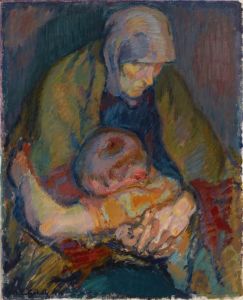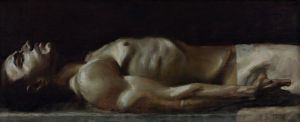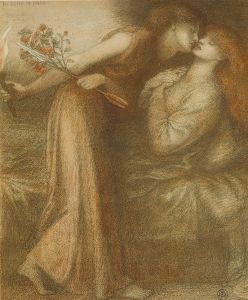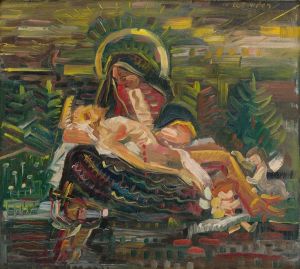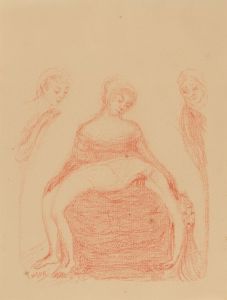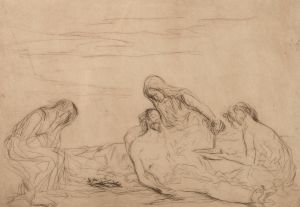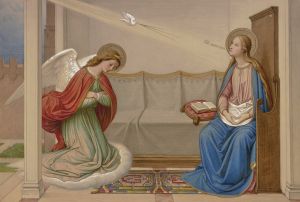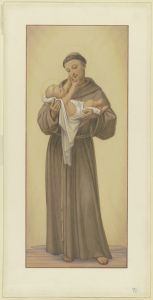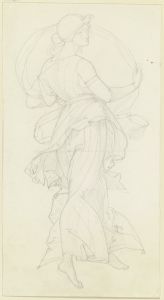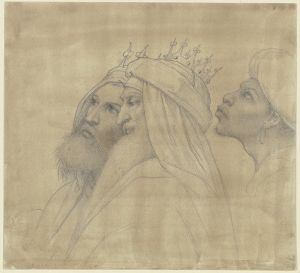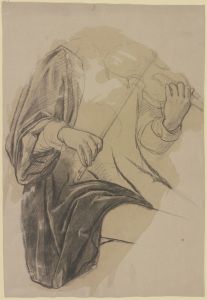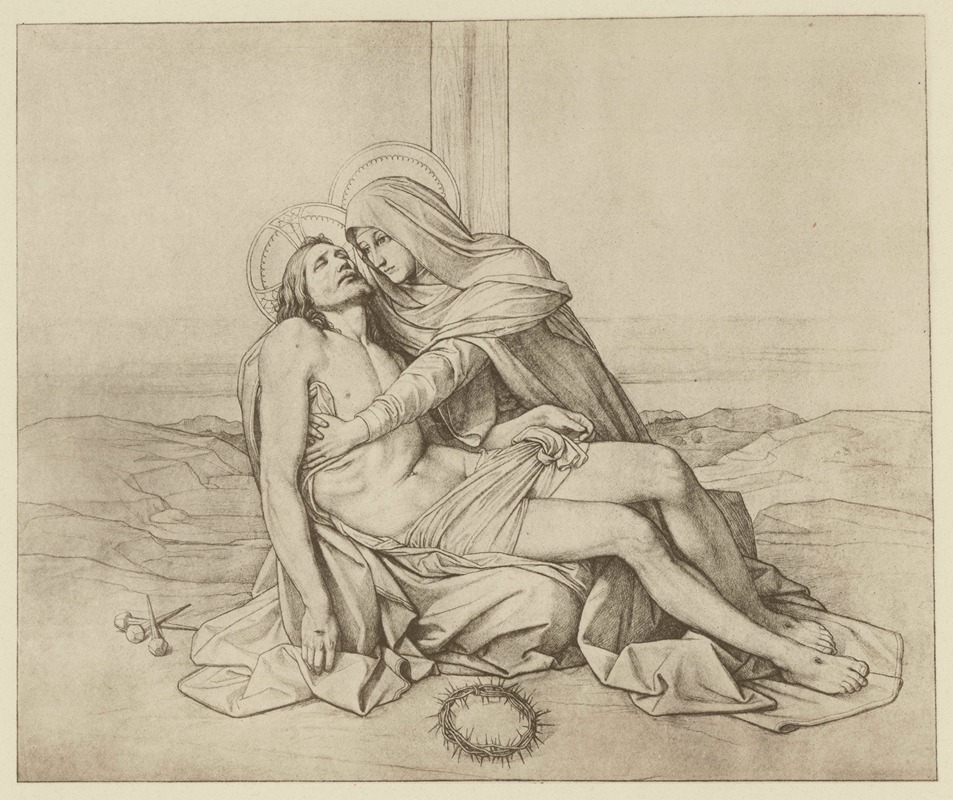
Pieta
A hand-painted replica of Eduard von Steinle’s masterpiece Pieta, meticulously crafted by professional artists to capture the true essence of the original. Each piece is created with museum-quality canvas and rare mineral pigments, carefully painted by experienced artists with delicate brushstrokes and rich, layered colors to perfectly recreate the texture of the original artwork. Unlike machine-printed reproductions, this hand-painted version brings the painting to life, infused with the artist’s emotions and skill in every stroke. Whether for personal collection or home decoration, it instantly elevates the artistic atmosphere of any space.
Eduard von Steinle was a notable 19th-century German painter, recognized for his contributions to the Nazarene movement, which sought to revive honesty and spirituality in Christian art. One of his works, "Pieta," reflects his dedication to religious themes and his skill in conveying deep emotion through art.
The "Pieta" by Eduard von Steinle is a painting that depicts the Virgin Mary cradling the dead body of Jesus Christ after his crucifixion, a scene that has been a significant subject in Christian art. This theme, known as the Pietà, has been explored by many artists over the centuries, most famously by Michelangelo. Steinle's interpretation of the Pietà is consistent with the Nazarene movement's ideals, emphasizing piety, devotion, and a return to the simplicity and sincerity of early Christian art.
Steinle's "Pieta" is characterized by its emotional depth and the serene expression of Mary, which conveys both sorrow and acceptance. The composition is typically intimate, focusing on the bond between mother and son, and invites the viewer to reflect on themes of sacrifice, love, and redemption. Steinle's use of color and light in this painting enhances the spiritual atmosphere, drawing the viewer into the sacred moment.
Eduard von Steinle was born in Vienna in 1810 and later moved to Germany, where he became associated with the Nazarene movement. This group of artists sought to revive the spiritual and artistic values of the Middle Ages and early Renaissance, often drawing inspiration from religious subjects. Steinle's work is noted for its clarity, purity, and adherence to the principles of this movement, which is evident in his "Pieta."
Throughout his career, Steinle was known for his frescoes and religious paintings, many of which can be found in churches and public buildings across Germany and Austria. His work was highly regarded during his lifetime, and he was a professor at the Städelsches Kunstinstitut in Frankfurt, where he influenced a generation of artists.
The "Pieta" by Eduard von Steinle, while not as widely known as some other interpretations of the subject, remains an important example of 19th-century religious art. It reflects the artist's commitment to the spiritual and emotional aspects of his subjects, as well as his technical skill and understanding of composition.
Steinle's contribution to religious art, particularly through works like the "Pieta," underscores the enduring appeal of Christian themes in art and the ability of such works to convey profound human emotions. His paintings continue to be appreciated for their beauty and spiritual depth, offering insight into the religious and artistic values of his time.
While specific details about the creation and current location of Steinle's "Pieta" may not be widely documented, the painting remains a testament to his artistic vision and the ideals of the Nazarene movement.





